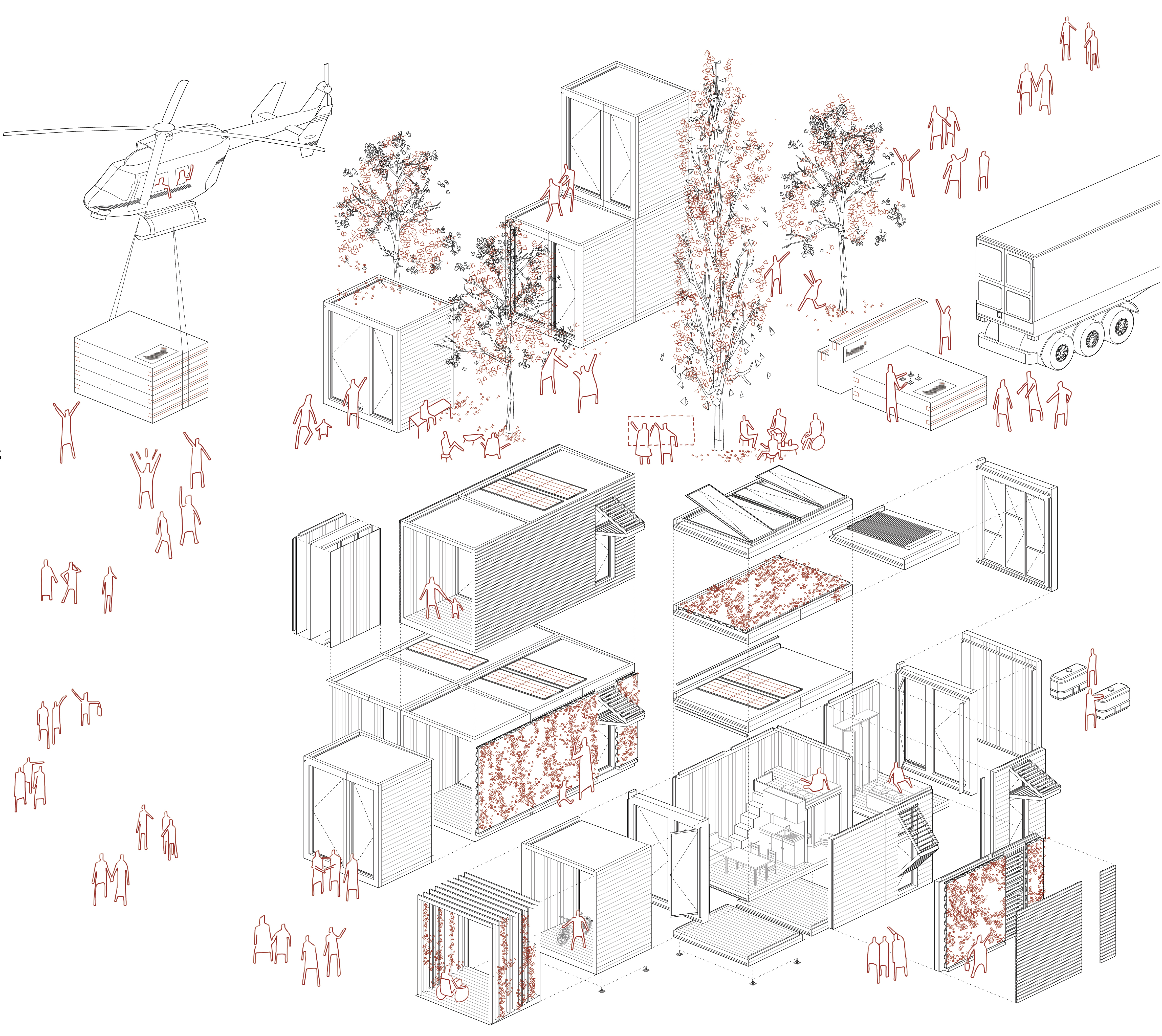Chairman's Jury Introduction
Solving global challenges such as climate change, environmental degradation, rivalry for resources, demographic change and urbanization as well as the resulting tasks for our society are among the central questions of our time. In that context, the building industry plays a crucial role in reducing CO2 emissions, adapting our cities, quarters and buildings and products for climate change, reducing the consumption of resources (e.g. soil, materials, energy and water), and in adapting the built environment to the rapidly changing economic and social conditions.
The development, planning and implementation of sustainable solutions presents the construction industry with enormous challenges. Due to their magnitude and complexity on all scales (region-city-district-building-building system-component-material), an interdisciplinary and integrated approach has to be taken. This also entails a fundamental change from the previous, linear successive planning practice to interdisciplinary, holistic planning processes.
Through the use of innovative technologies, supporting the transition from non-renewable to renewable energy and material sources, the implementation of closed material cycles in construction and production, and the application of an integrated planning approach, the design and creation of fundamentally sustainable products, buildings and urban environments becomes possible. The design process requires analytical thinking, technical as well as scientific knowledge, and a high degree of creativity in order to arrive at solutions, which are sustainable in every respect. In this regard, the digital analysis, calculation and design tools available today offer enormous opportunities in all areas of design and construction. That includes future-oriented manufacturing method, offering ta tremendous potential for optimization along the entire life cycle of products, buildings and urban districts.
The results of the XIV Edition of the Italian Prize of Sustainable Architecture have shown, that many students are willing and able to face the enormous challenges in the areas of Sustainable Architecture and Technologies, Sustainable Industrial Design, and Sustainable Urban and Landscape Design. We were impressed by the enormous variety, innovative strength and the great quality of the submitted projects.
It was not easy for us as a jury to make a selection. Weighing-up all relevant aspects, we tried to arrive at the fairest possible judgment with the award of the Gold Medal and Silver Medal in each of the three categories, as well as the corresponding Honorable Mentions.
The award-winning works show that students are able to develop design solutions of very high ecological, social and design quality. This gives us the certainty that we will continue to be able to experience an increasing number of such convincing projects in the built environment in the future.
We congratulate all participants and winners and thank the organizers and sponsors for their great support. Likewise we look forward to seeing even more students participating in this great competition in the near future.
Werner Lang
The Jury
Werner Lang, chairman
Panita Karamanea
Till Klein



